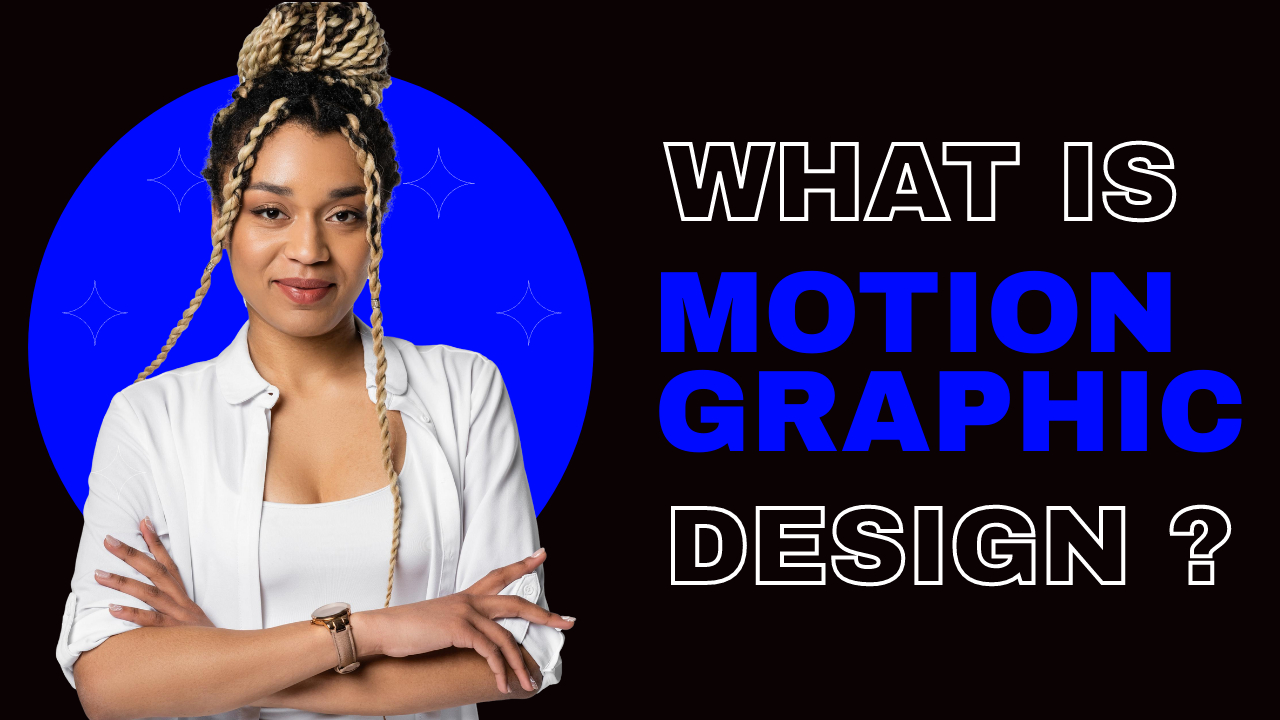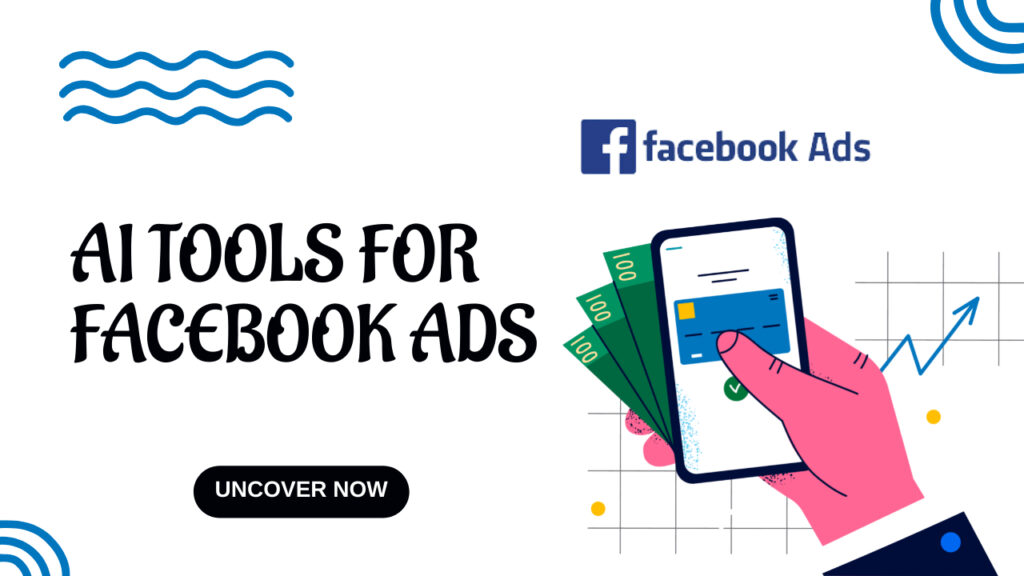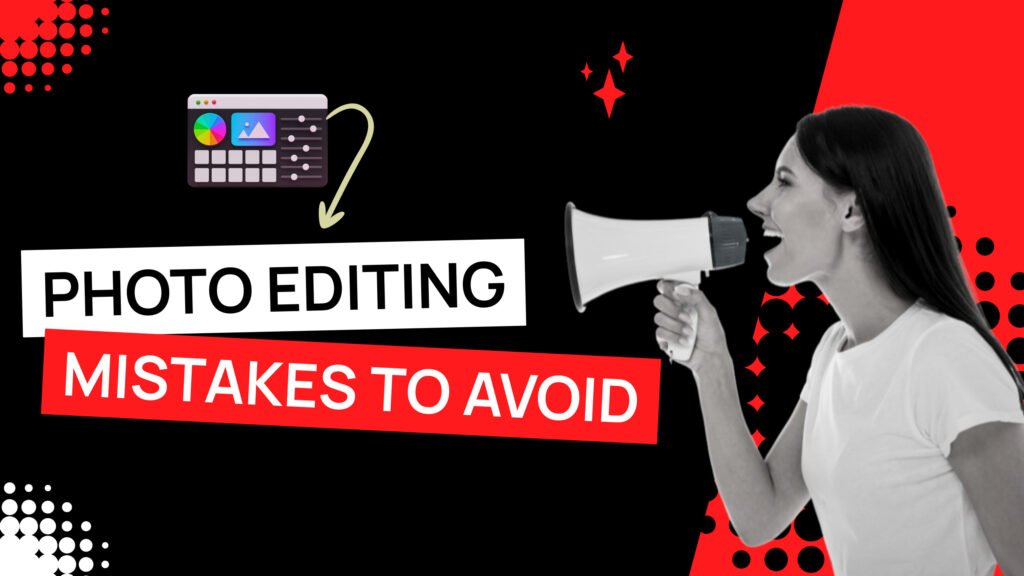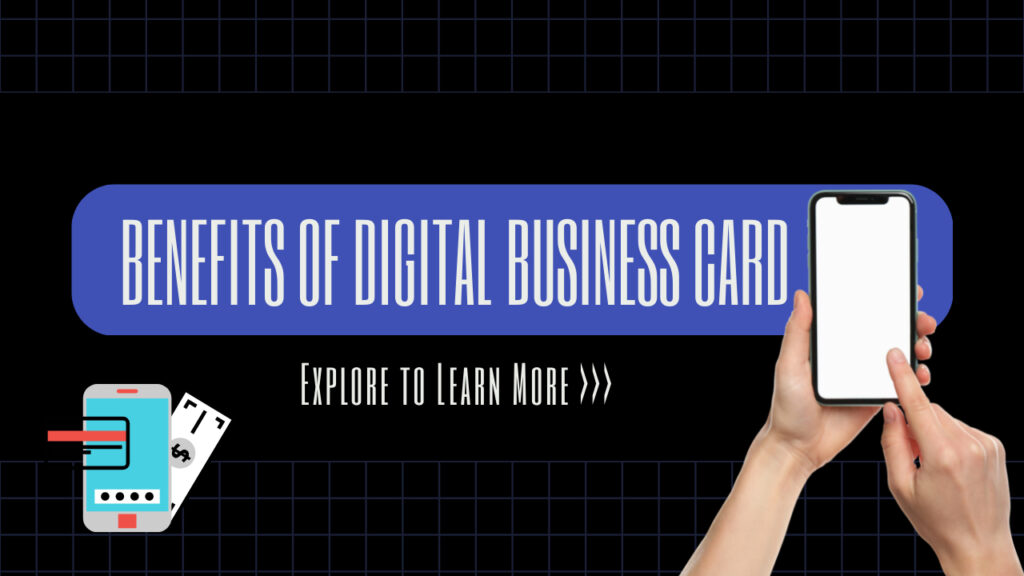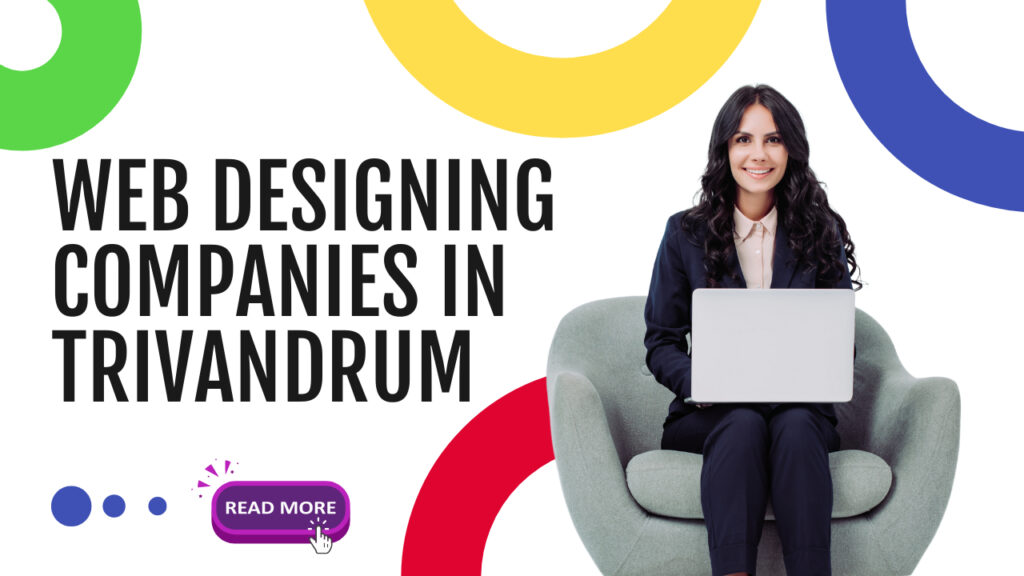What is Motion Graphics Design
“Motion Design should push visual boundaries and tell stories that ignite the imagination.”
Motion graphics combine the power of visual storytelling with dynamic animation. It allows you to convey complex ideas, information, and emotions in a captivating and engaging manner.
By incorporating movement, color, and typography, motion graphics can bring static content to life, making it more memorable and impactful.
To illustrate the importance of motion graphics, let’s imagine a promotional video for a new smartphone. Instead of simply listing its features, a creative motion graphics approach could showcase the phone’s sleek design by animating its curves and edges.
The video could then transition into a dynamic sequence, highlighting the phone’s advanced camera capabilities through animated visuals of stunning photographs and videos.
By using motion graphics, the promotional video becomes not only informative but also visually captivating, leaving a lasting impression on the audience.
In this article we are going to discuss the importance of design types of motion graphics, motion graphics meaning, history of motion graphics, uses of motion graphics in detail.
What is motion graphics design?
Motion graphics are animated graphics that bring visual elements to life through movement. They are often used in videos, films, and advertisements to enhance storytelling and engage viewers.
For example, in a promotional video for a new product, motion graphics can be used to showcase its features in a dynamic and eye-catching way. This can help capture the audience’s attention and effectively communicate the product’s benefits.
Motion graphics can also be used to explain complex concepts or processes in a simple and engaging manner. By incorporating animated visuals, information can be presented in a more digestible and memorable way, making it easier for viewers to understand and retain the information being conveyed.
Moreover, motion graphics can be used to create a balanced and visually appealing brand identity. By incorporating consistent design elements and animations across various platforms and marketing materials, you can establish a strong and recognizable visual presence that resonates with your target audience.
Motion graphics design is commonly used in various industries, including advertising, film, television, and digital media. It is often used to create promotional videos, title sequences, explainer videos, and visual effects for films and television shows. Motion graphics designers use specialized software, such as Adobe After Effects and Cinema 4D, to create their animations.
One of the key advantages of motion graphics design is its ability to convey complex information in a visually appealing and easy-to-understand way.
For example, a motion graphics animation can be used to explain a complicated concept or process in a simple and engaging manner, making it easier for viewers to grasp the information being presented.
History of motion graphics
Motion graphics originated from the development of film credits. In the early days of cinema, directors created title credits to cater to the curiosity of the audience who wanted to know more about the actors in the movies they watched.
After World War Two, the trend of motion graphics in cinema gained significant popularity. Graphic designers like Saul Bass and Elaine Bass led a new era of vibrant, colorful, and imaginative motion graphics, bringing films like The Seven Year Itch (1955) and North by Northwest (1959) to life.
During the 1960s and 1970s, other renowned film title designers like Pablo Ferro, known for Dr Strangelove (1964) and The Thomas Crown Affair (1968), also made their mark.
Motion graphics types
Let’s see the motion graphics types in detail with examples.
How-to videos
Motion graphics in how-to videos are visual elements that enhance the overall presentation and make it easier for viewers to understand the instructions. These graphics can include animated text, icons, diagrams, and other visual elements that help illustrate the steps or concepts being explained.
For example, in a cooking tutorial, motion graphics can be used to show step-by-step instructions on how to chop vegetables or mix ingredients together, making the video more visually appealing and easier to follow for viewers.
By incorporating motion graphics, how-to videos become more engaging and informative, making it easier for viewers to follow along and learn.
Presentations
Motion graphics in presentations are animated visual elements that help convey information in a dynamic and engaging way.
When using motion graphics in presentations, it is important to strike a balance between visual appeal and clarity. While it can be tempting to add excessive animations and effects, it is crucial to ensure that the graphics do not distract from the main message or overwhelm the audience. The motion graphics should enhance the presentation and support the content, rather than overshadowing it.
For example, instead of using static images or text, motion graphics can be used to show data trends, illustrate processes, or add visual interest to a presentation.
GIFs
Motion graphics in GIFs are animated images that combine text, graphics, and sometimes sound to create a visually engaging experience. They are often used in digital marketing, social media, and entertainment to convey information or tell a story in a dynamic and eye-catching way.
A GIF could show a logo spinning, text moving across the screen, or shapes morphing into different forms, all in a looped animation. For example, a motion graphic GIF could be a looping animation of a company logo spinning and changing colors, accompanied by text that highlights key features of a product.
This type of GIF is attention-grabbing and can quickly communicate important information to viewers in a fun and engaging way.
Animated ads
Motion graphics in animated ads are visual elements that bring movement and life to static images, making them more engaging and eye-catching.
For example, in a car commercial, motion graphics can be used to show the sleek lines of the vehicle, the speed at which it moves, and the excitement of driving it. These dynamic graphics help to convey the message of the ad in a more compelling way, capturing the viewer’s attention and leaving a lasting impression.
Logo animation
Motion graphics in logo animation involves bringing a logo to life through the use of visual effects and animation techniques. It adds movement, depth, and engagement to a static logo, making it more dynamic and captivating for viewers.
For example, instead of a static image, the logo could have animated elements, such as swirling shapes or flying letters, that create a visually appealing and memorable experience.
Infographics
Motion graphics in infographics are animated visual representations of data or information. They involve the use of moving images, text, and graphics to convey a message or tell a story in a dynamic and engaging way.
For example, imagine an infographic about the benefits of exercise. Instead of static images and text, motion graphics could be used to show a person running on a treadmill, lifting weights, and doing yoga poses.
These animated elements would not only make the infographic more visually appealing but also help to communicate the message more effectively.
Explainer video
Motion graphics in explainer videos refer to the use of animated elements, such as text, shapes, and illustrations, to visually communicate information and ideas. It involves the creation of dynamic and engaging visuals that enhance the storytelling process.
For example, in an explainer video about a new mobile app, motion graphics can be used to showcase the app’s features and functionality through animated icons, transitions, and visual effects.
These animated elements not only make the video more visually appealing but also help in conveying complex concepts in a simplified and engaging manner.
UI Animations
Motion graphics in UI animation refers to the use of animated elements and visual effects to enhance the user experience and communicate information in a dynamic and engaging way.
It involves the creation and manipulation of moving graphics, such as icons, buttons, and transitions, to provide feedback, guide user interactions, and add visual interest to the user interface.
For example, imagine a mobile app that allows users to track their fitness activities. In this app, motion graphics can be used to animate the progress bar as it fills up when the user completes a workout. This not only provides visual feedback on the user’s progress but also adds a sense of excitement and accomplishment.
Moreover, motion graphics can be used to animate the transition between different screens or sections of the app, creating a seamless and visually appealing user experience.
Uses of motion graphics
- Motion graphics are often utilized in videos, presentations, websites, and social media to enhance storytelling, explain complex concepts, and create eye-catching visuals that capture the audience’s attention.
- One common use is in the field of advertising and marketing, where motion graphics are employed to create visually appealing and engaging advertisements. These graphics can effectively convey messages and capture the attention of viewers.
- Motion graphics are extensively used in the entertainment industry, particularly in films and television shows, to enhance storytelling and create captivating visual effects. They can bring characters and scenes to life, adding depth and realism to the overall viewing experience.
- Motion graphics find applications in educational videos and presentations, where they can simplify complex concepts and make them more understandable and engaging for learners.
Why choose us for motion graphics services
We are a team of skilled designers and animators who possess a wealth of experience in creating captivating visuals that bring your ideas to life. With our expertise, Rainx can help you effectively communicate your message and engage your audience.
For instance, imagine a scenario where you need an animated explainer video for your product. By choosing us, we can create a visually stunning and informative video that showcases the unique features and benefits of your product, ultimately driving more conversions and sales.

